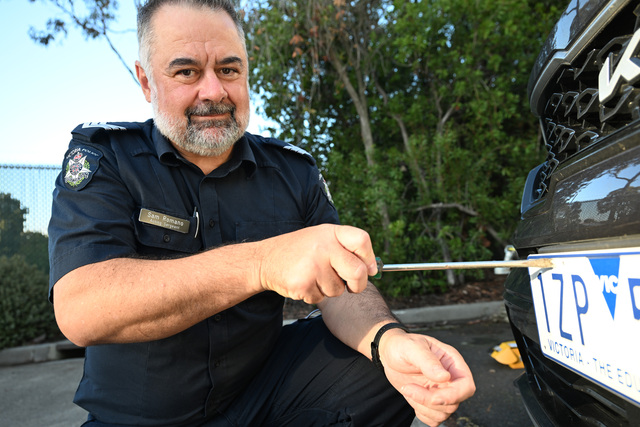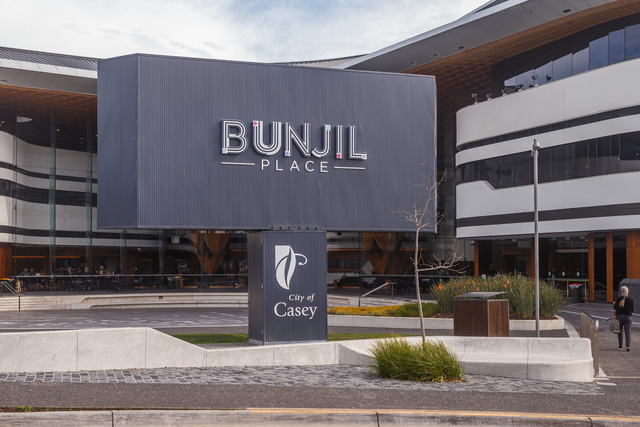By Bridget Brady
CYNTHIA Levy says the garden police are keeping a watchful eye on a new estate, but that won’t stop her from planting her camellias.
The Cranbourne North resident was surprised to learn there were some regulations in place for people’s gardens in the Botanic Ridge estate when her grandson started to build there.
While the controls do allow some exotic plant species, there is a prohibited plants list aimed at protecting the neighbouring Royal Botanic Gardens (RBG) Cranbourne from exotic weeds.
“I don’t think anyone should tell you what to plant,” Ms Levy said. “It’s a bit over the top.”
Ms Levy, 75, a keen gardener, said people should be entitled to have what they want in their gardens. “They all look the same otherwise. But I suppose native gardens are easy to look after and that might suit some people.”
A spokesperson for Botanic Ridge estate management said the estate was developed in accordance with planning controls established by Casey Council. There are tree plantation zones on each property that require the planting of an indigenous plant species. “The aim is to create a unique lifestyle environment that is both complementary to the RBG and distinctive in character to achieve the highest level of design features for residential development in an environmentally sensitive setting,” the spokesperson said.
Ms Levy said she realised there were covenants in most residential estates. “You agree when you build there to conform to rules and regulations. Another grandson is building in Pakenham and he’s not allowed to have washing on the line seen from the street … that I can understand because you don’t want your Bonds cottontails flapping from the main road.”
Ms Levy has daffodils, roses, ferns, camellias and fruit trees in her garden.
“It’s full of greenery and colour and that’s what I think you should be allowed to have. Gardening gives you something to do other than sitting in front of the television. It keeps you interested.”
Plant prohibition
Digital Editions
-

210 arrested in Greater Dandenong drug blitz
Police have made 210 arrests in a three-month-long drug detection operation that encompassed Dandenong, Noble Park and Springvale CBDs. Among those arrested are alleged drug…





